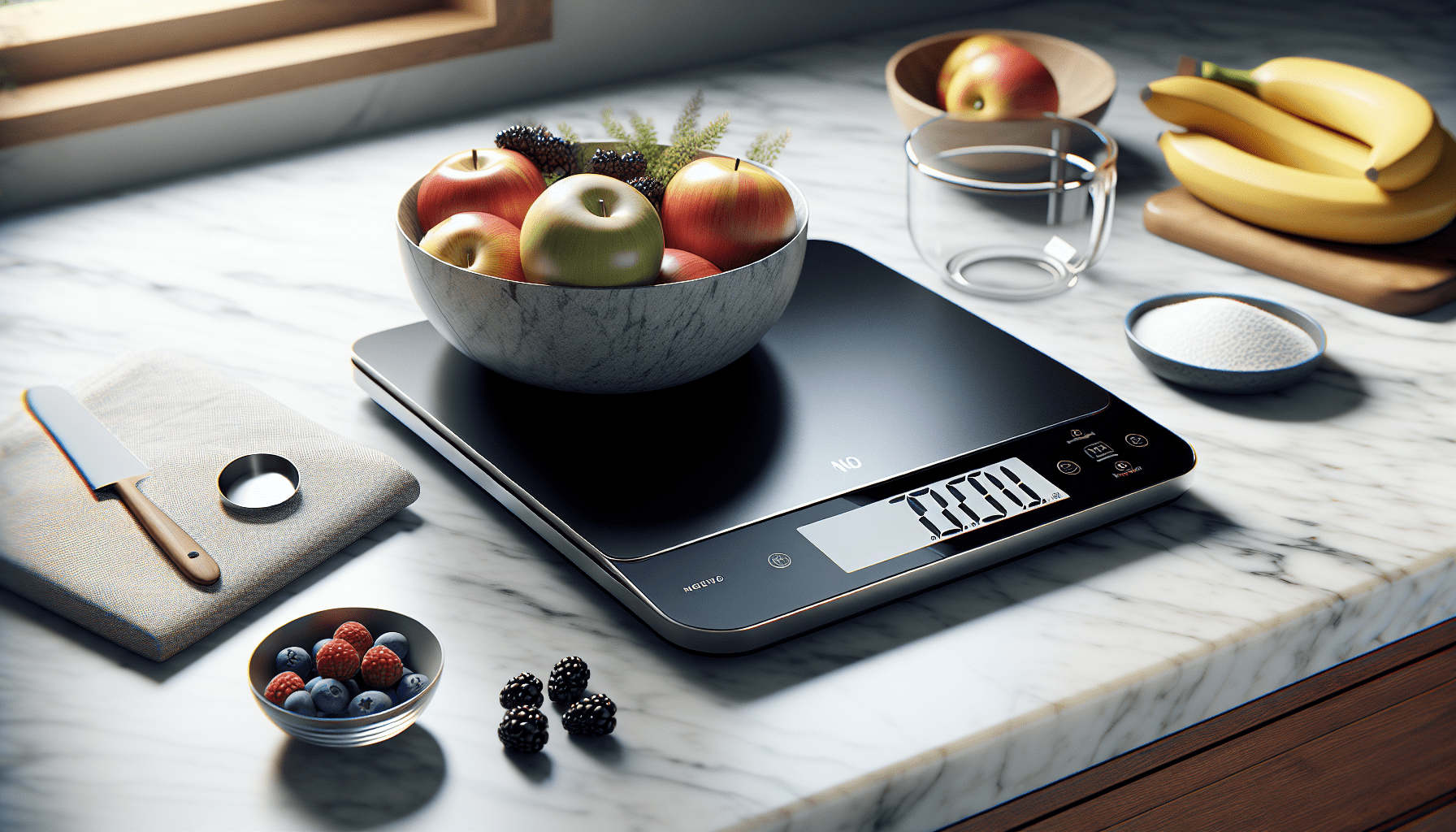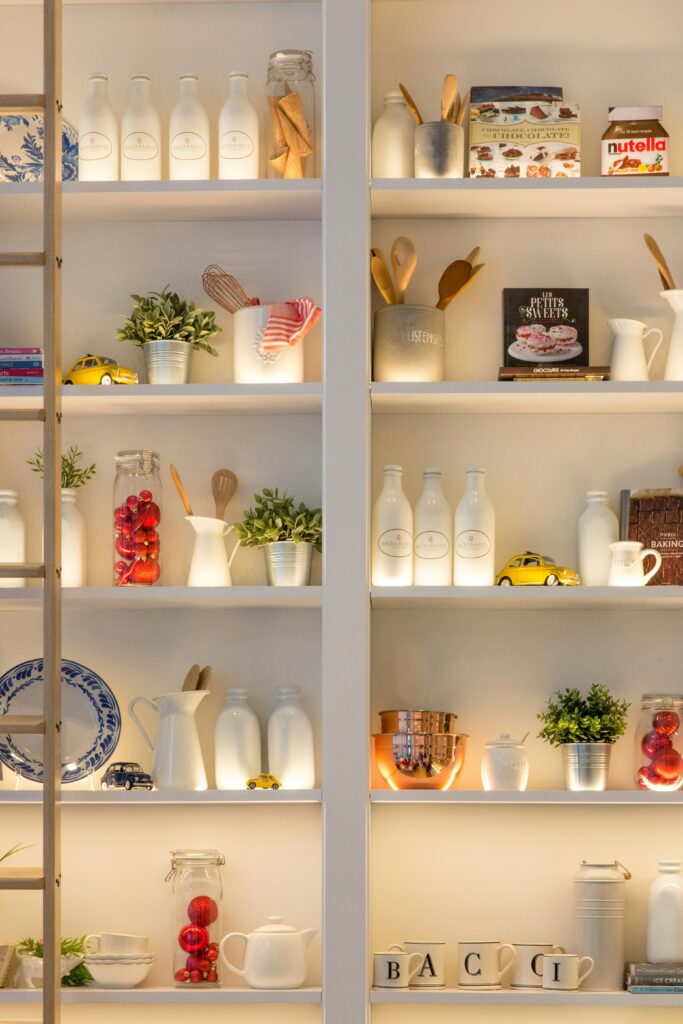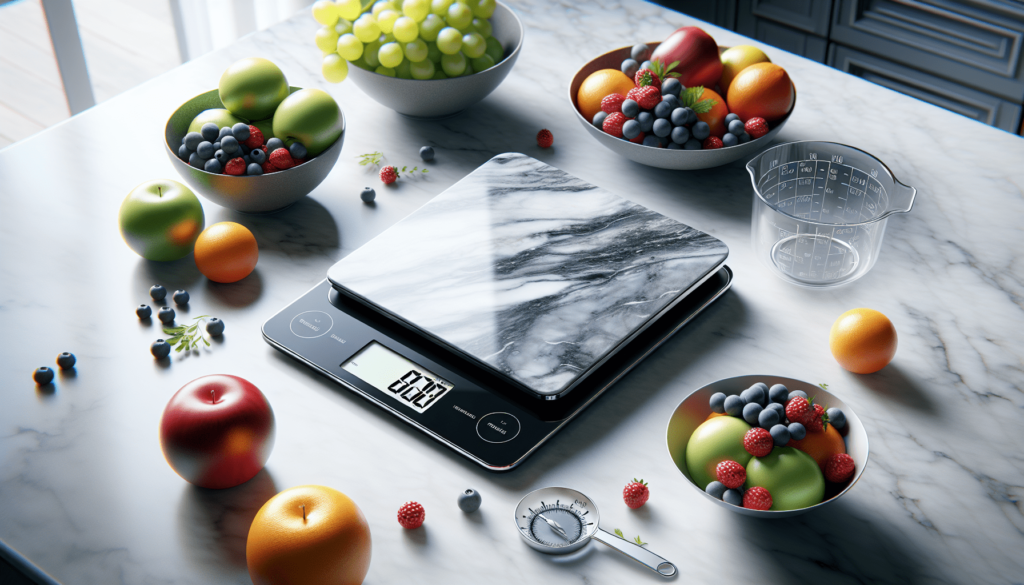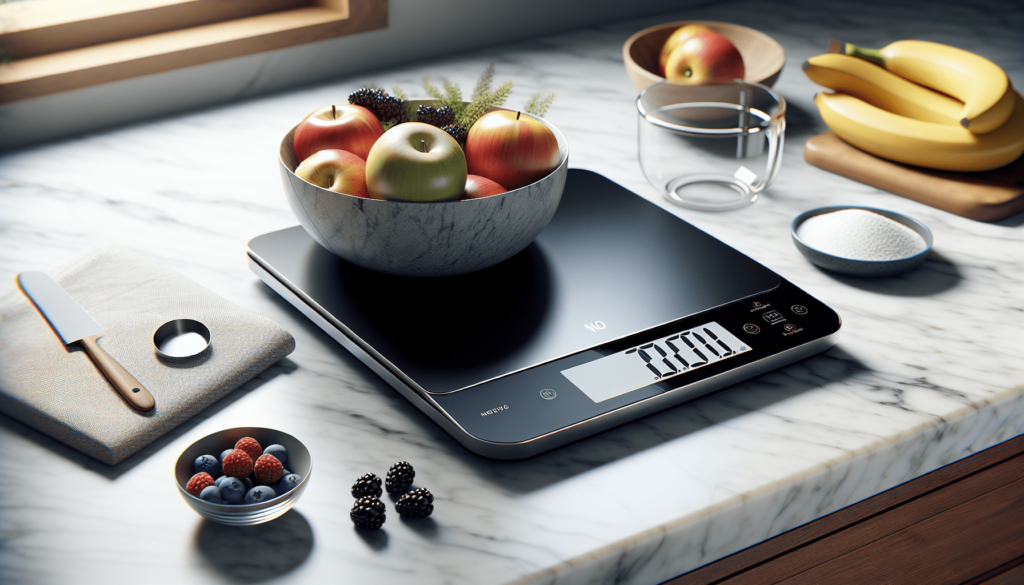How To Fix Digital Kitchen Scales

Have you ever found yourself in the middle of preparing your favorite recipe only to have your digital kitchen scale suddenly act up? It can be incredibly frustrating when such a handy tool decides not to work properly when you need it most. Not to worry! There’s a good chance you can fix your digital kitchen scale with a few simple troubleshooting steps, and you’ll have it back to weighing ingredients precisely in no time.

Understanding Your Digital Kitchen Scale
Before diving into how to fix your scale, let’s take a moment to understand the basic components and functionality of digital kitchen scales. These devices are designed to measure weight with precision, often to the gram or ounce, making them invaluable for cooking and baking. They rely on a combination of sensors and digital displays to provide accurate readings.
Main Components
Understanding the main components of your kitchen scale can help you diagnose issues more effectively:
- Load Cell: This is the heart of the scale, a sensor that detects weight and converts it into electronic signals.
- Display Screen: Shows the weight reading and is often an LCD or LED screen.
- Power Source: Can vary from batteries to USB charging.
- Buttons: Used to reset (tare), switch units, or turn the scale on/off.
Common Features
Most modern digital kitchen scales, across brands like OXO, Escali, and AmazonBasics, share common features:
- Tare Function: Allows you to zero the scale for container weight, enabling precise ingredient measurement.
- Unit Conversion: Easily switch between grams, ounces, pounds, etc.
- Auto-Off: Saves battery life by turning off the scale after a period of inactivity.
Troubleshooting Common Issues
With a clearer understanding of your scale, let’s identify and solve common problems that affect these devices.
Scale Won’t Turn On
If your scale refuses to power up, try these steps:
-
Check Battery Installation: Ensure that the batteries are properly installed. Sometimes, a simple adjustment can solve the issue.
-
Replace Batteries: Old or depleted batteries can cause your scale not to work. Replace them with fresh ones, ensuring they are correctly oriented in the compartment.
-
Inspect Battery Contacts: Over time, battery contacts can corrode. Clean them gently with a cotton swab dipped in vinegar or rubbing alcohol.
Inaccurate Readings
If your scale powers on but provides dubious numbers, here’s what to check:
-
Calibration: Scales can lose accuracy over time or after being moved. Refer to your scale’s manual for instructions on recalibrating it. Usually, this involves running a calibration mode with a known weight.
-
Surface and Environment: Make sure your scale is placed on a flat, stable surface. Vibrations or uneven surfaces can affect readings. Also, avoid very humid environments, which can cause sensors to malfunction.
-
Temp and Airflow: Extreme temperatures or air currents from fans and vents can also affect accuracy. It’s best to use scales in a neutral room temperature setting.
Display Issues
The display is crucial for reading measurements, so if it’s not working:
-
Reset the Scale: Turn off your device, remove the batteries, wait a couple of minutes, and then reinsert them. This simple reset can fix minor display glitches.
-
Screen Obstructions: Thoroughly clean the screen surface to ensure there’s no dirt or residue affecting visibility.
-
Connection Loosening: If you’re handy with electronics, ensure that the internal connections between the display and the main board are secure. Be cautious, as opening your scale can void warranties.
Buttons Not Responding
If you’re pressing the buttons and nothing happens:
-
Clean the Button Area: Dust and grime can accumulate, preventing buttons from working. Use a cotton swab with mild cleaner around the buttons.
-
Button Wear: Over time, the frequent use can wear out buttons. Applying slight pressure differently might help, or replacing the button could be an option if you’re DIY-inclined.
Error Messages
Digital scales sometimes display error codes. Common examples and solutions include:
| Error Code | Possible Cause | Solution |
|---|---|---|
| Err | Overload detected | Remove excess weight immediately. |
| Lo | Low battery | Replace the batteries with new ones. |
| UnSt | Unstable (due to vibrations) | Ensure a stable surface and environment. |

Maintenance Tips for Longevity
Taking care of your scale can prevent many issues. Here’s how you can keep it operating smoothly:
Regular Cleaning
Keep your scale clean to avoid dirt and grime buildup. A damp cloth is usually sufficient, and ensure that no water seeps into the electronic parts.
Proper Storage
When not in use, store your scale in a dry area, away from potential falls or impacts, and make sure it’s not storing with pressure on the weighing surface.
Gentle Handling
Treat your scale with care. Avoid dropping it or placing heavy objects on it when not turned on, as this can damage the sensors.
Avoid Overloading
Respect the maximum weight limit of your scale to prevent strain on the load cell and ensure longevity.

When to Consider Professional Repair or Replacement
Sometimes, despite best efforts, a scale may need expert attention. If you notice persistent issues despite following troubleshooting and maintenance tips, it could be more cost-effective to consult a professional or consider a replacement. Factors to weigh include:
-
Cost of Repairs vs. Replacement: Professional repairs can sometimes cost nearly as much as purchasing a new scale, especially if the model is older or has cheaper alternatives available.
-
Warranty Validity: Check if your scale is still under warranty, as many fixes could be covered. Attempting repairs could void warranties, so always confirm before proceeding.

Choosing a New Digital Kitchen Scale
If repair isn’t feasible, here are a few tips for selecting a suitable replacement to ensure maximum satisfaction:
Key Features to Look For
-
Accuracy and Precision: Look for scales that offer a high level of accuracy and have an auto-calibration feature.
-
Ease of Use: A user-friendly interface and clear instructions make life easier, especially if it has intuitive buttons and a responsive display.
-
Units Conversion: Ensure it can convert between units you commonly use, like grams, ounces, and pounds.
-
Maximum Weight Capacity: Depending on your needs, select a scale that can handle enough weight for your intended use without compromising accuracy.
Recommended Brands
While numerous brands offer reliable digital kitchen scales, here are a few that are well-loved by users:
- OXO: Known for ergonomic designs and ease of use.
- Escali: Offers a wide range and great quality for the price.
- Etekcity and Ozen: Are recognized for budget-friendly and reliable options.
- My Weigh and Greater Goods: Provide excellent durability and feature-rich models.

Conclusion
Facing issues with your digital kitchen scale can be daunting, but with patience and the right approach, many problems can be easily resolved. By understanding the common issues, performing regular maintenance, and knowing when it’s time for a replacement, you’ll ensure that your scale remains a trusty partner in your kitchen adventures. Remember, prevention is always better than cure, so treat your scale with care, and it will reward you with long-lasting precision and reliability. Happy weighing!
